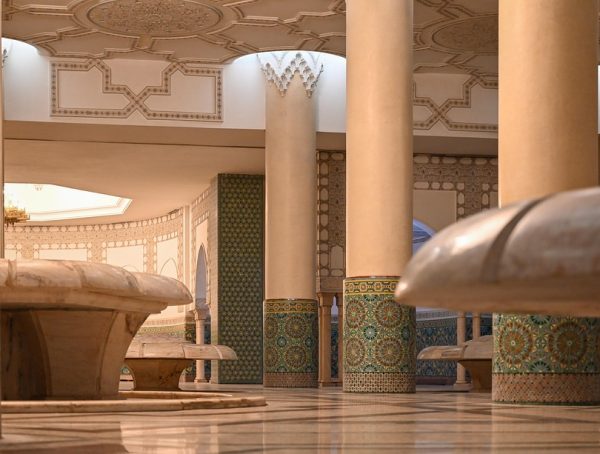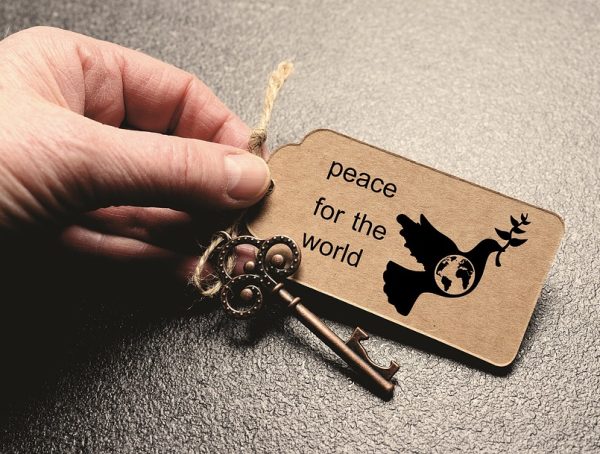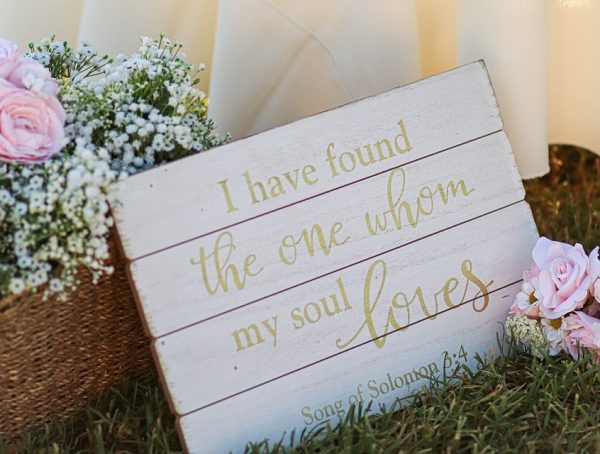Decoding the Peace Symbol: A Graphic Design Perspective
The peace symbol, perhaps one of the most recognizable icons in history, has transcended its original purpose to become a universal emblem of hope, harmony, and social justice. From its origins in the 1950s to its widespread use today, this simple yet powerful design invites us to explore aspects of visual communication, societal trends, and the emotional resonance embedded within graphic design. Let’s embark on a journey to decodify the peace symbol from a graphic design perspective and uncover actionable steps for personal reflection and creativity.
The Origins and Evolution of the Peace Symbol
The peace symbol was designed in 1958 by British graphic designer Gerald Holtom for the Campaign for Nuclear Disarmament (CND). Made up of the semaphore signals for "N" and "D," the design also metaphorically represented the arms of a person with outstretched hands, embodying a call for peace. The symbol gained traction during the anti-war movements of the 1960s, becoming synonymous with not just nuclear disarmament, but broader struggles for civil rights, environmental protection, and social change.
Throughout time, the peace symbol has evolved, taking on new meanings in varying political and cultural contexts. Today, it can be seen adorning clothing, accessories, murals, and digital art, each iteration a reflection of contemporary values and movements.
Decoding the Design Elements
At first glance, the peace symbol may seem simplistic. However, from a graphic design standpoint, its visual elements work together to convey deeper meanings:
-
Shape: The circular form of the peace symbol represents wholeness and unity, signifying the idea that peace is an interconnected state of being.
-
Lines: The downward lines create an impression of stability and strength while simultaneously invoking a sense of vulnerability and outreach.
- Negative Space: The way space is used within the symbol promotes contemplation, inviting viewers to reflect on what peace means personally and collectively.
These elements work in harmony to create an evocative and memorable symbol. A graphic designer can learn from this model by considering how each aspect of their work contributes to the overall message. Design is not merely about aesthetics—it’s about communication.
The Impact of the Peace Symbol
The power of the peace symbol extends beyond its visual composition; it emerges as a conduit for conversations about equity, justice, and connections across communities. The symbolism has adapted to reflect changes in society, serving as a rallying point for movements that seek a better world.
Principles of Design Application
-
Simplicity: The peace symbol teaches us that effective design doesn’t need to be complex. Sometimes a single, clear message can cut through the noise and resonate with people on a fundamental level.
-
Emotional Resonance: A powerful design elicits emotions. As a designer, focusing on the intended emotional response of your audience can elevate the effectiveness of your work.
-
Cultural Relevance: The multifunctional nature of the peace symbol makes it an evolving design. Designers should consider how their designs relate to the current sociopolitical climate, ensuring relevance and connection with their audience.
- Timelessness: The enduring nature of the peace symbol highlights the importance of timeless design. Consider how your work can have lasting significance rather than fleeting trends.
Action-Steps for Readers
-
Reflect on Your Intentions: Consider what message you want your work to convey. Ask yourself if it aligns with values of harmony, hope, or community.
-
Practice Minimalism: Undertake a design project with a focus on minimalism. Strip away the non-essential elements until you arrive at what’s fundamental. This challenge can sharpen your design skills.
-
Engage with Community: Explore how your designs can address social issues. Engage with local community groups or movements that resonate with you. Collaboration can yield innovative ideas and deepen the impact of your design.
-
Study Iconography: Choose an icon or symbol that resonates with you. Analyze its composition, cultural significance, and emotional impact. Use this study as inspiration for your creativity.
- Create Your Peace Symbol: Design your own version of a peace symbol that reflects your beliefs and values. This project can challenge your creativity and offer insight into your personal vision for peace.
Concluding Thoughts
The peace symbol is a powerful artifact of graphic design that reflects a collective yearning for tranquility and justice. Its structured simplicity, emotional resonance, and cultural relevance can inspire designers and non-designers alike to contemplate their roles in promoting peace. The next time you create, consider the message encapsulated within your project.
As we craft our journeys in art and design, we should always remember: "Peace begins with a smile." — Mother Teresa.
If you found value in this article and enjoy exploring the intersection of creativity and meaningful messages, consider following Kevin Steineman on Instagram @KSteineman for more insights and inspiration!
You might also like
More from Mindfulness
Where Peace Resides: Nature Quotes for Stillness
Where Peace Resides: Nature Quotes for Stillness In a world of incessant noise and relentless activity, finding moments of tranquility can …
A Collection of 35 Short Peace Quotes for Everyday Life
A Collection of 35 Short Peace Quotes for Everyday Life In the hustle and bustle of modern life, it’s easy to …
30 Short Quotes That Will Bring You Inner Peace
30 Short Quotes That Will Bring You Inner Peace In the hustle and bustle of everyday life, finding inner peace can …


































